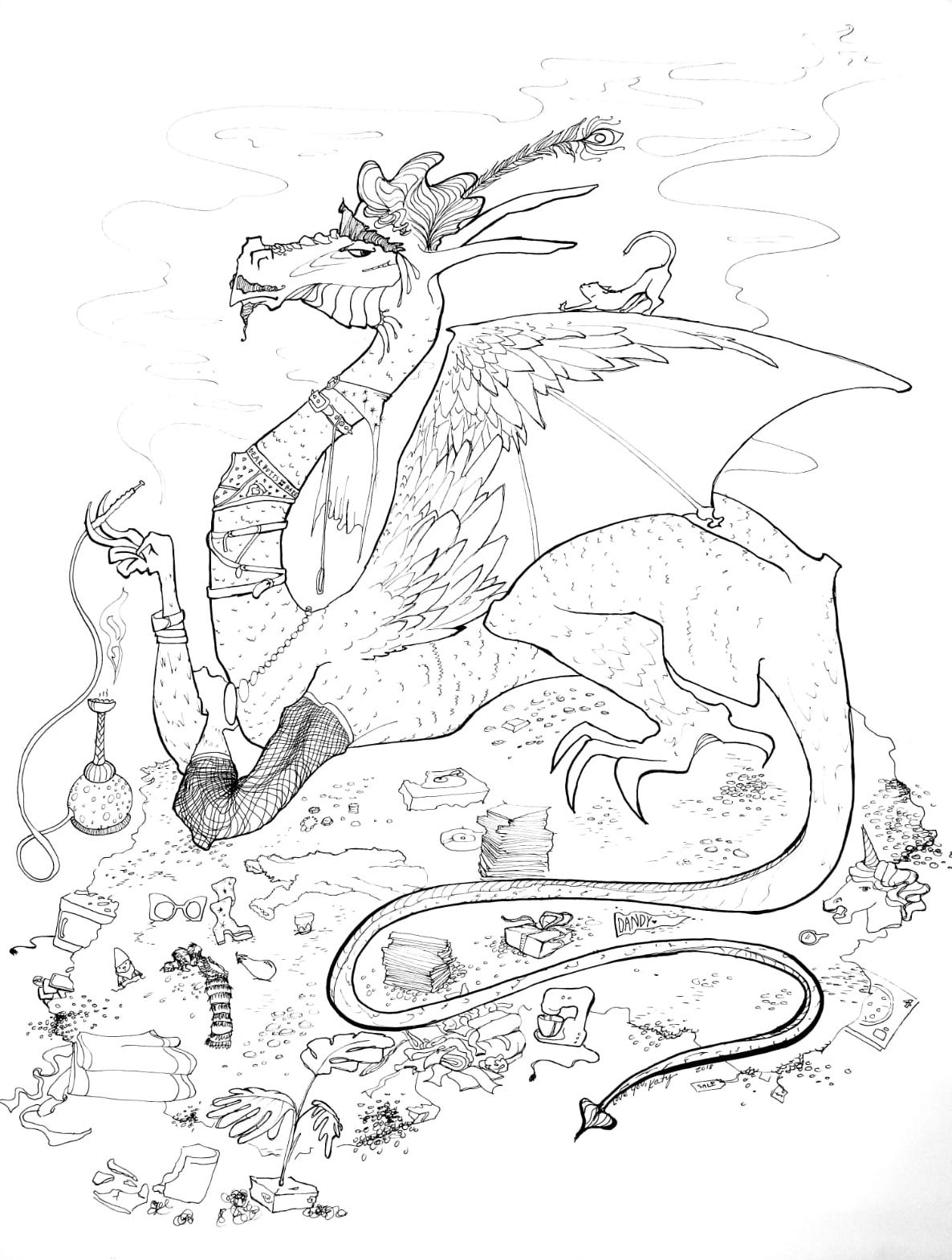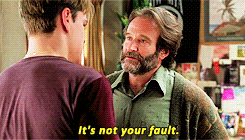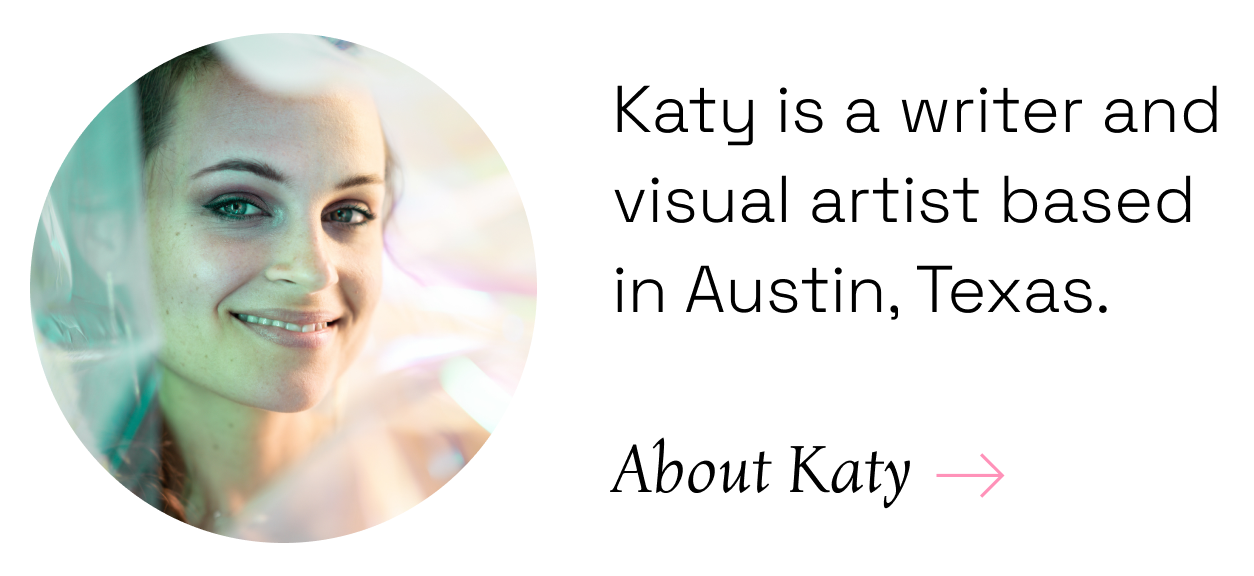When I arrived at my tiny private Christian college in Alabama, I went from being the Hermione of my massive Atlanta high school to the bohemian street chick in a sea of sweet homeschoolers raised in the sticks.
It was really bizarre.
The way I saw myself in high school was as the naive youth-group girl who followed the rules and usually had no idea what was going on socially.
But at Samford, most kids were so naive that I wondered if I should lie about Santa.
I showed up to the campus in a 1991 Volvo station wagon I’d bought for $1k and parked between pink VW bugs with rhinestone plate frames and cream bmw’s with headlight eyelashes (blech).
Leaving my dinosaur steaming in the lot, I met the welcome party with a shocking discovery: they all thought I was a hipster.
I had never been cool in my life, and it fell on me like a Gatorade dunk. I was an art minor and wore clothes I’d altered myself. When I started freelancing downtown, I officially became the ‘BA rogue bohemian girl’ who did whatever she wanted (they wouldn’t say “badass”).

If I said ‘I’m going to an event at the art museum downtown, I think I’ll wear this top I thrifted’ they heard, ‘I’m going to Cannes Film Festival with Greta Gerwig.’
Over the 4 years, the way these sweet kids listened to me as ‘individual and confident’ helped my journey to become just that.
I didn’t drink at all. I came out with a 4.75 GPA. I went to church the whole time. But still, my exposure to public school and ‘doing things my own way’ made me different. A Katy who dealt with social anxiety and feeling irrelevant at the start of college completely transformed – I became a super confident, outgoing, ‘artsy’ type who started building a freelance career.
You’ve probably experienced this— around a specific person or group, you’re just better.
Do you remember the last coach or teacher you had who treated you as if you were already successful? If you loved their confidence in you, they likely changed your behavior without you noticing.
My college transformation wasn’t all because Samford kids thought of me a certain way— there was more to it than that. Still, the way my friends saw me then had me think of myself as an independent, confident side I hadn’t accessed since I was 6 or 7 years old.
The way you listen to people changes their behavior.
Sometimes, it changes their whole inner dialogue.
Growing up, we learn that listening is being quiet and taking in information, or obeying a command from a parent. We don’t learn about attention, and what our attention can do to other people.
We learn to listen to people through our perceptions.
Over time, the stories we make up about those close to us supersede any real listening, because we’ll only hear what they say through the filter of our story.
- We may have a parent that seems invasive and over-protective, and we can only hear everything they say as ‘let me control you.’ We totally miss their way of saying ‘I love you.’
- A sibling is weird and distracted, and we can only hear their irrelevant ramblings as noise instead of hearing their desire to connect.
- A friend is highly extroverted, and we can only hear their desire to include others as a sign that we don’t matter.
All these stories clog our listening. They build up junk in between us and other people. Then, surrounded by others with clogged listening, we feel ‘misunderstood’ and ‘unheard.’

Instead of listening to my brother as a know-it-all… I grew to hear him as a genius who collects ideas (and trinkets) like a dragon hoard. This was a birthday gift for him years ago.
There are 3 levels of powerful listening:
- Level 1: Giving someone our full attention is the fastest way to build affinity.
- Level 2: The next level is to give someone our full attention with all the stories and judgments set aside, so they can express into a completely empty listening space. That kind of listening is disarming.
- Level 3: The next level is to listen to someone for the best version of them, whether they see it or not. That kind of listening is transformational.
Level 1: Build Affinity
This is the level we’ve all learned about, it’s the level of ‘active listening.’ At this stage, you realize that people are far more worried about their own thoughts and how they look than concerned about you.
At this level, we learn techniques like making eye contact, not interrupting, and repeating what they’ve said so they know you’ve understood. It includes open body language to show you’re listening, and giving your full attention rather than planning what to say next.
We know all of these techniques, but we’ll still change topics after someone finishes speaking, jump in to fix or offer suggestions, and otherwise let people talk at us.
This is also the level that makes networking events great or terrible. Most people show up to talk about themselves at you rather than to you, throwing personal details at a wall of people to see what sticks.

Sometimes, even the most basic active listening will stop them from rambling because of a sense of reciprocity – they’ll feel they owe you their attention after you’ve given them yours.
Active listening took my business from 0 to 1.
For my copywriting business, networking was my main lead generator until I started consistently getting referrals about 3 years in. Instead of joining the title-slinging fest, I’d ask others to talk about what they do first. Most people take about 8-20 long sentences to explain what they do (or they have a vague tagline and expect you to understand).
I’d then say back to them what they do in 1 sentence, and they’d marvel.
“I work with people who want to lose weight or manage allergies and health issues through food choices, lifestyle decisions, and their mindset around food. I teach them about nutrition and work with their gene map and help them move away from disordered eating, most of my clients are empty-nesters who… (on and on).”
”So you’re really great at helping people transform their relationship with food and build new habits as a wellness coach?”
Just about every time, the person would ask me how I did that, and I’d say I’m a copywriter. Overall brand copywriting is a listening skill more than anything, and my sales tactics mostly included having people feel understood before we started working together.
But active listening isn’t enough to be a successful copywriter, or to create real connection out in the world. It takes a few more levels of listening.
Level 2: Empty Listening
This level includes active listening, but goes a little farther. In the communication course I took for a year and a half (ish), we’d call it listening ‘from nothing.’
This is the kind of listening where you set aside your inner dialogue to experience the person exactly as they express themselves.
There are two ways to do this:
A. Empty listening ith strangers and acquaintences.
You’d think it would be easy to empty our listening of stories with people we don’t know well. Our brains are contextualization machines, and fill our perception with past associations faster than we can forget their name.
The trick here is to put aside the river of associations we’ve made with their appearance, job, hometown, etc., and listen to them as if we were an alien from another planet. They’re interesting! They’re unique! We don’t know anything about them!
That doesn’t mean we ignore our gut feelings and let just anyone into the house. The brain’s contextualization is primarily a protection mechanism, it’s useful.
But in a casual setting, we can make a lot more space for others to “create who they are” for us when they aren’t working against a bog of sticky assumptions we didn’t know we had already.
The most classic example of this is the person who goes on dates with their ‘list’ in mind, only to find that the person they enjoy the most has none of those list items. Or, vice versa… They find the person with all of their desired attributes, but realize it’s a bad match once they get past the infatuation phase.

In Clueless, Cher is too infatuated with the stylish new guy to see that he’s gay 🫠
B. Empty listening with close friends, lovers, and family.
Close relationships are steeped in stories about ‘the way they are.’
Our stories about those close to us leave little room for them to reinvent themselves with us. This is how we end up building codependent relationships— to play roles that feel comfortable rather than being our full selves.
Empty listening with those close to us requires us to set aside the entire structure of stories we have about them. It does not come naturally, it’s a practice. This kind of listening is the most difficult with those close to us.
One of the ways to start practicing it is to run what you’re hearing by the other person to check if what you heard is your story or if it’s what they actually said.
Mom: “Your dad has been taking out loans for house projects that I didn’t know about, and it’s not like him. The house looks nice but I’m worried.”
You: “He does get fixated on projects beyond all reason. Is that what you’re saying?”
Mom: “No… you only think that because he wants you to finish the lego sculpture with him (why don’t you?). I’m saying he might be starting to show signs of Alzheimer’s or dementia. Irregular spending can be an early sign…”
The point is not to impose your assumption and then ask about it. It’s to ask more questions and listen with no assumptions as best you can, and then ask if what you’re hearing is what they meant.
Level 3: Transformational Listening
This is the level of listening that feels like stepping into balmy sunshine after hours in aggressive A/C. It’s simple but challenging: to listen to another person as if they are already the best version of themselves.
We see this kind of listening in Good Will Hunting and Beauty and the Beast. It’s easy to do with exceptional people or those we like; it’s much more difficult with those whose brightness is covered up by contrary behavior.

Transformational Listening Invites Vulnerability
In my yearlong course on communication, my coach and my team mates made a rule for me. I was still experiencing a lot of anxiety at the time, and when it came up, I’d be paralyzed until I was overcome with emotions. In a state of anxiety or panic, even the most practical and useful rationale can be useless. The body needs to be allowed to release stress without judgement to let panic pass, and I struggled to do that.
I would usually isolate and try to analyze my way out of it – which does not work.
So, the rule my coach made was that every time I had anxiety or panic come up, I had to call someone on our team. I could sit on the phone with them in silence, but I couldn’t keep hiding my pain and weakness and miring myself in cycles of worry alone.
Calling someone during a panic attack was almost more difficult that the anxiety itself.
At the time, I believed that my weakness would be a burden to anyone around me. I thought that if others saw my irrational side, they would give up on me and find me silly and annoying.
To my shock, each person I called was honored to be let into my struggle.I’d feel like a nervous mess, and they’d listen to me as if I was brave and brilliant.
That was the first time I let other people see me as anything but smart and helpful, and ther compassion totally transformed me.
When we let people know that we see the best version of them, they feel far more comfortable showing weakness and struggle. It’s the ticket to earning their compassion and seeing into their inner world.
That point of vulnerability is the nectar of life. It’s the most meaningful part of relationships to stand for one another’s strengths even we we display weakness.
Working New Listening Muscles
These three kinds of listening are useful in different settings and appropriate at different times. Each one take practice: we ask the brain to pause its regular program of passively taking in and analyzing information, and we engage with our full attention.
Mastering listening makes all kinds of relationships easier and more fulfilling. For as uncommon as it is to have a listening practice, it’s the ultimate skeleton key to navigate the world powerfully through everyday relationships.


